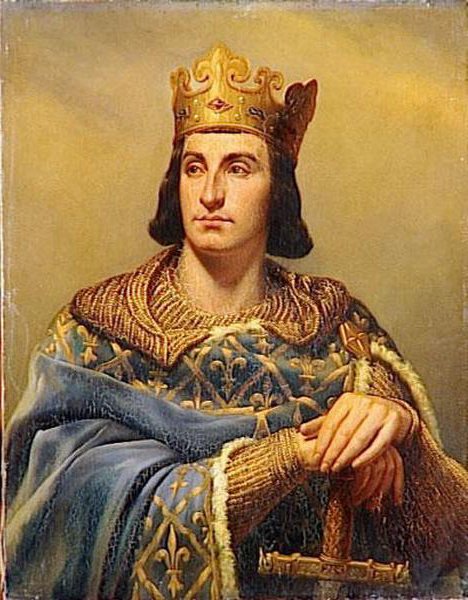Tags
Count Hugh X of Lusignan, Isabella of Angouleme, Joan of England, King Alexander II of Scotland, King Henry III of England, King John of England, King Philip II of France, Richard of Cambridge
Joan of England (July 22, 1210 – March 4, 1238) was Queen of Scotland from 1221 until her death as the wife of King Alexander II of Scotland. She was the third child of King John of England and Isabella of Angoulême.
Princess Joan was sought as a bride by King Philippe II Augusté of France for his son. In 1214, however, her father King John promised her in marriage to Count Hugh X of Lusignan, as compensation for his father Count Hugh IX of Lusignan being jilted by her mother Isabella of Angoulême.
She was promised Saintes, Saintonge and the Isle of Oléron as dowry, and was sent to her future spouse in that year to be brought up at his court until marriage. Count Hugh X laid claim on her dowry already prior to their marriage, but when this did not succeed, he reportedly became less eager to marry her.
On the death of King John of England in 1216, Queen Dowager Isabella decided she should marry Count Hugh X herself. Count Hugh X kept Joan with him in an attempt to keep her dowry as well as having the dowry of her mother Isabella released from the English.
On May 15, 1220, after an intervention from Pope Honorius III and an agreement of the dowry, Joan was sent back to England where negotiations for her hand with King Alexander II of Scotland were taking place. King Alexander II had been in England in 1212, where he had been knighted by her father. It is alleged that King John had promised to give him Joan as a bride and Northumberland as her dowry.
On June 18, 1221, King Alexander II officially settled the lands Jedburgh, Hassendean, Kinghorn and Crail to Joan as her personal income. She and Alexander married on June 21, 1221, at York Minster.
King Alexander II was twenty-three. Joan was almost eleven. They had no children. This fact was a matter of concern, but an annulment of the marriage was regarded as risky as it could provoke war with England.
Queen Joan did not have a strong position at the Scottish court, which was dominated by her mother-in-law, Queen Dowager Ermengarde. Her English connections nevertheless made her important regardless of her personal qualities.
Queen Joan accompanied King Alexander II to England in September 1236 at Newcastle, and in September 1237 at York, during the negotiations with her brother King Henry III of England over disputed northern territories.
At this point, chronicler Matthew Paris suggests that Queen Joan and King Alexander II had become estranged and that Joan wished to spend more time in England, and her brother King Henry III granted her manors in Driffield, Yorkshire and Fen Stanton in Huntingdonshire to reside if needed. In York, Joan and her sister-in-law Eleanor of Provence agreed to make a pilgrimage to Thomas Becket’s shrine in Canterbury.
The young Queen Joan died on March 4, 1238 at the age of 27 in the arms of her brothers King Henry III and Richard of Cornwall at Havering-atte-Bower and was buried at Tarrant Crawford Abbey in Dorset in accordance with her wishes.




